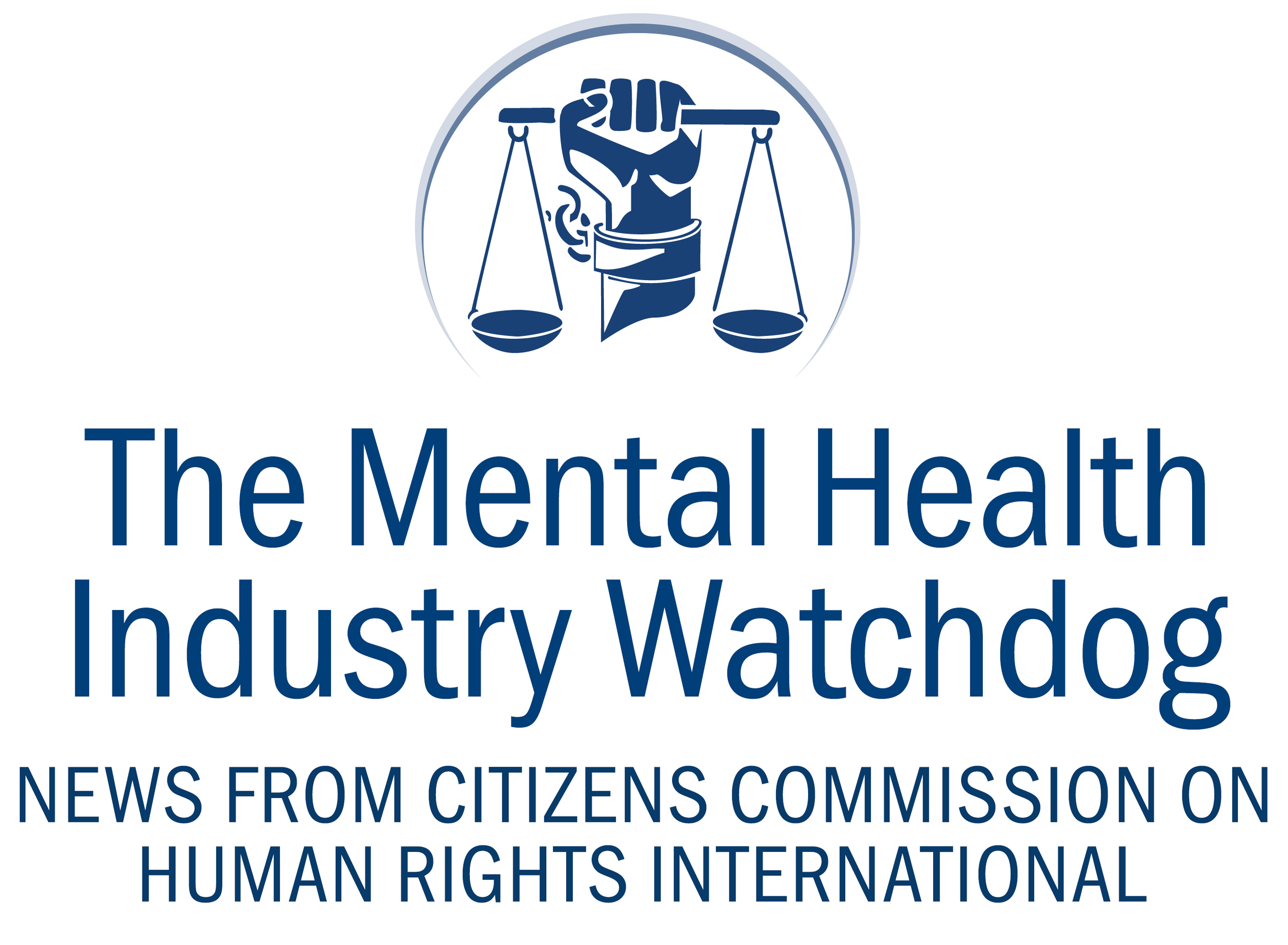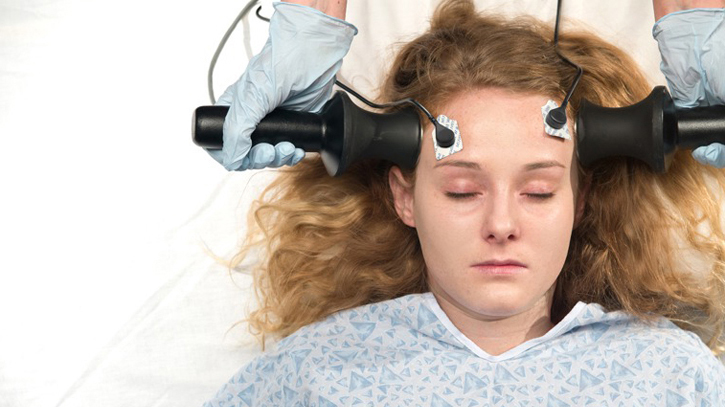The aim of the study was to look at: (1) current attitudes of patients and their caregivers toward electroconvulsive therapy (also known as electroshock or ECT), and (2) patients’ and caregivers’ current experience of receiving ECT treatment. They report that most patients responded positively about the quality of care, and that most caregivers felt that electroshock was beneficial. They also reported side effects of memory impairment, confusion, and headaches in a significant number of the patients.[1]
The authors interviewed 30 of 60 patients who had had electroconvulsive therapy at their institution in 2013 and 2014, along with their caregivers. They surveyed the patients about their experience and how well they were treated by the staff, and the caregivers about their views on ECT.
Review of ECT “Satisfaction” Study
First, this report addresses “Patients’ experiences of and attitudes towards ECT.” Like most “scientific” articles written by practitioners of ECT, it begins and ends with the premise that “ECT is a safe and effective treatment” and gives data from a study done in the 1970s, stating “the majority of patients did not find the treatment unduly upsetting or frightening, nor was it a painful or unpleasant experience,” and “most patients had a very positive view about ECT.”
The Patient Sample
The authors identified 60 patients who had had ECT at Worcestershire Health and Care NHS Trust between January 2013 and December 2014. Interviews were conducted between January and April 2015. They found that eight of the 60 patients were dead, eleven refused to take part in the study, six could not be located, and five could not take part due to “significant cognitive impairment.” Thus only half of the original group (i.e., only 30 patients) were actually interviewed. Further, the 30 patients most likely to report unfavorable outcomes had been eliminated from the study. Also missing from this study was any analysis of how many ECT treatments each patient had received, how severe were the side effects, and how long they lasted.
From basic statistics, it can be seen that the sample size (number of subjects used in a study) determines the accuracy with which one can estimate a percentage. Familiar political polls typically interview 1,000 subjects and produce results that have a plus or minus 3% margin of error. With only 30 participants, however, that margin of error increases to plus or minus 18%. The authors of the study state, “We acknowledge that the sample size was small and the study could have been carried out in a larger population.”
The Results
While 80% of the patients thought ECT is a “useful procedure,” three-quarters of them did not disagree with “ECT works for a short while but effects won’t last.” Further, a third felt that “ECT is a frightening treatment to have, and only two thirds disagreed with “I was so upset by treatment I would be reluctant to have it again”
Regarding side effects, 80% experienced memory impairment, 47% experienced confusion, and 37% experienced headache. The paper says, “Memory impairment was experienced as the most common side effect; some of the caregivers’ views were that they would consider ECT only as a last resort due to memory impairment.”
The article does, however, shed some light on how the practice of ECT is carried out. Of the 30 participants interviewed, only about half confirmed that they had been given any form of information about ECT. Of that group, 25% had had ECT administered involuntarily, and 93% were female. Two-thirds of them had been diagnosed with severe depression.
Summary
In short, this paper reports a patient satisfaction survey at one institution. It shows that patients surveyed felt they were reasonably well treated by the medical staff at that hospital, but the sample size is too small. Further, those patients who would be most likely to disagree were eliminated from the study. More significantly, this paper confirms that ECT causes headaches, confusion, and memory loss.
Reference:
[1] Guruvaiah L, Veerasamy K, Naveed M, Kudlur S, Chaudary F, Paraiso A. Patients’ experiences of and attitudes towards ECT. Progress in Neurology and Psychiatry. 2017;21(2):16-21, http://onlinelibrary.wiley.com/doi/10.1002/pnp.466/epdf.








Leave A Comment
You must be logged in to post a comment.